The unusual-looking helium tank car might seem like a fantasy model to some, but it’s based on a real prototype.
General American, American Car & Foundry, and Magor built about 200 helium cars from 1930 to 1962. The early cars were lettered for the U.S. Navy (with USNX reporting marks), then after 1955 for the U.S. Atomic Energy Commission (ATMX) and the Bureau of Mines and Land Management (MHAX). Weighing over 230,000 pounds, they were some of the heaviest freight cars ever built.
The government quit hauling helium by rail years ago, but I saw a couple of helium cars at Cape Canaveral in 2000. A few of them are preserved at the Gulf Coast Railroad Museum in Miami and the Amarillo (Texas) Railroad Museum.





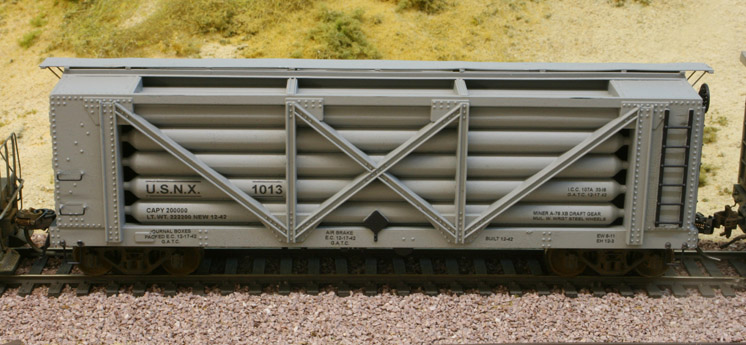

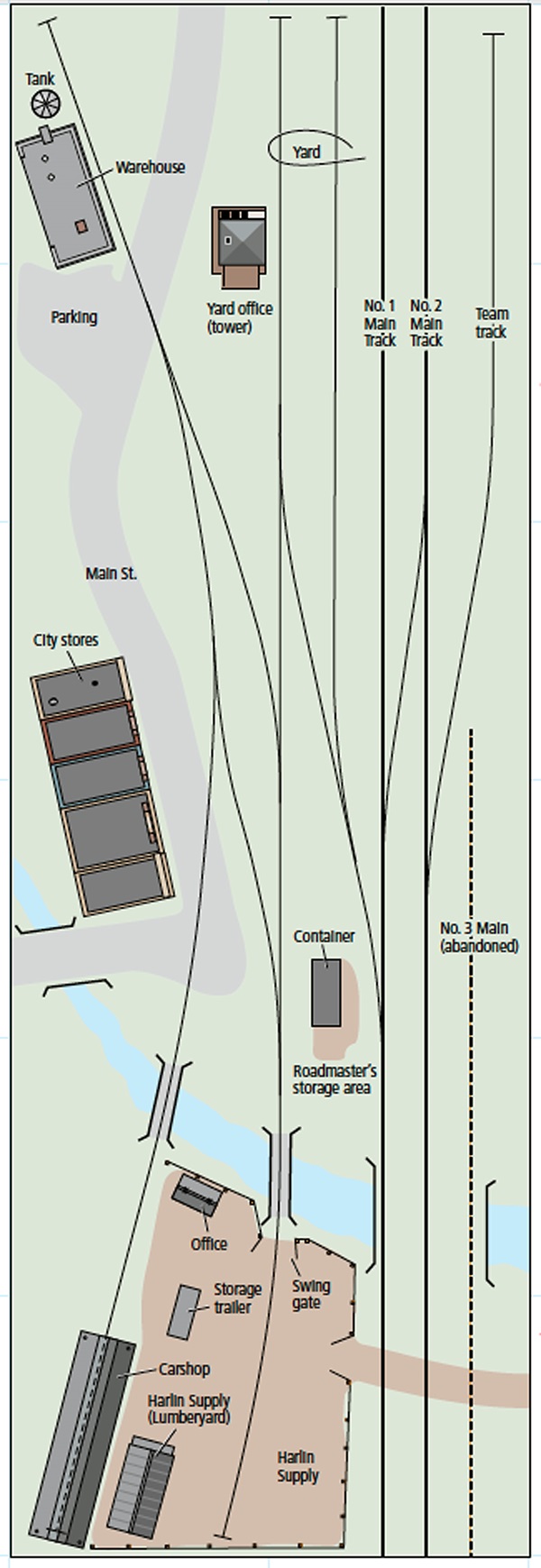
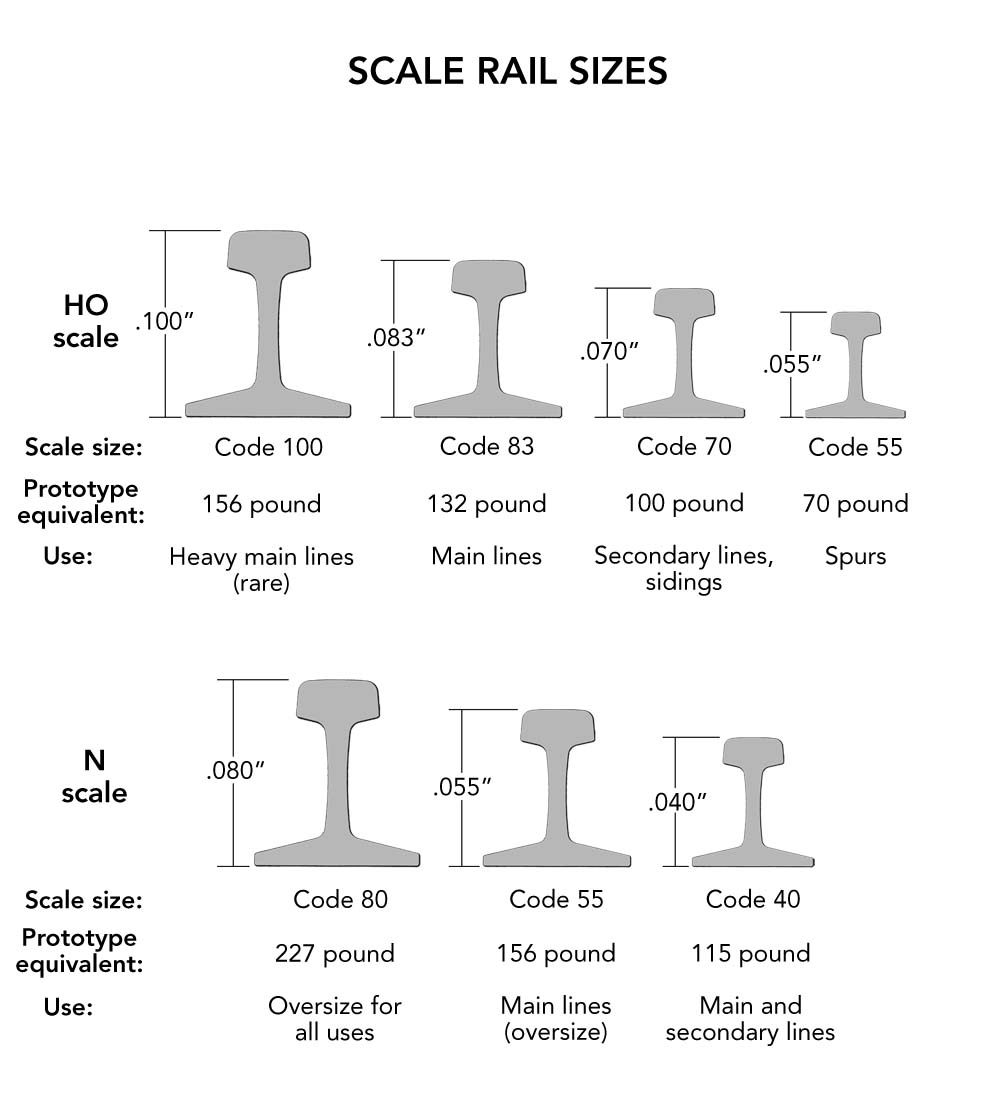
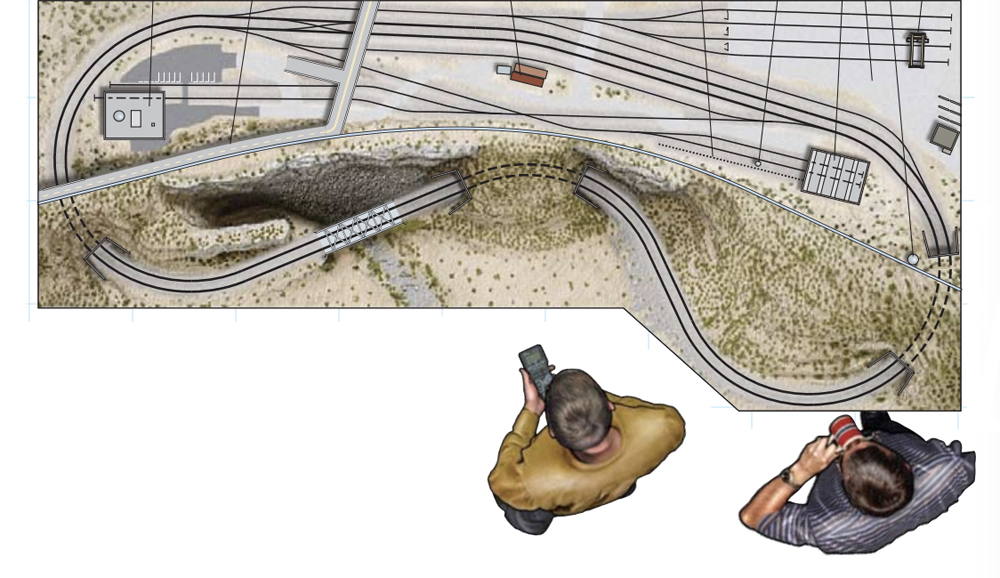
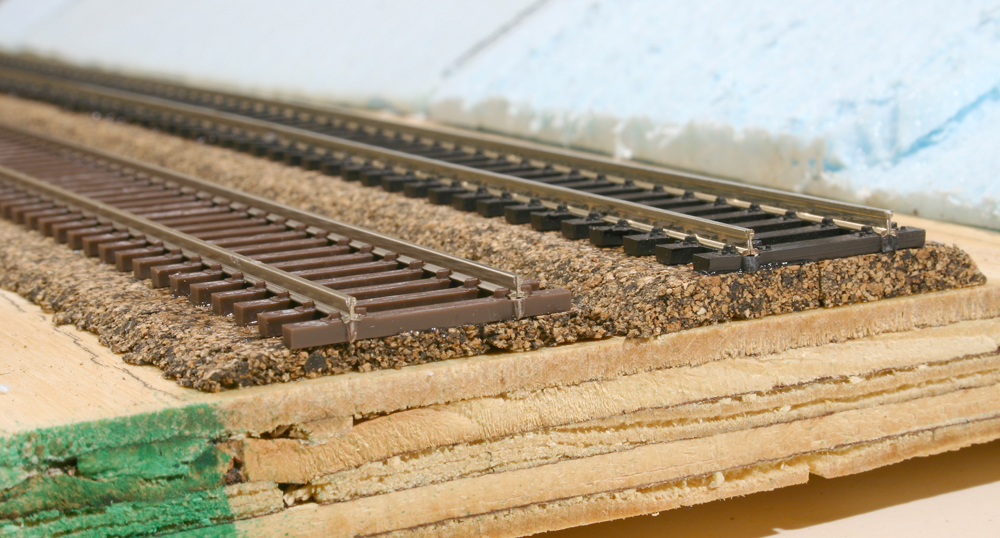




Santa Fe Railway Historicial Society has a downloadable hand out about helium cars including pictures of the orginial three bottle car.
I tried to copy the address but you may have to directly to the site and see Jay Miller's handout for the 2007 Santa Fe Convention.
@BENJAMIN HEINLEY, Unfortunately the car floor and the brake components are black so they don't give a good contrast, but if you look close the brass wires are visible, although very small. If you wish I could send you a copy of an old Amboid kit instruction which shows the layout. email me (kapa at gms.lu)
Thanks Jeff, for the additional info. Part of these facts were also in my original article but it probably exceeded the frame for a how-to-story and was not published. The photos from your link helped a lot in building the models.
Charlie Hill from Maryland
YES, 233,000+ is the empty weight, and as such these cars should have wheels at least 36" in Dia. if not 38"!
BTW,somewhere I read that these cars are 45' long.
there are pix in the Tank Car Color Guide, Classic Freight Cars 2 and fallenflags-rr site.
Here are the photos… https://flic.kr/s/aHsjZxL5wE
-Jeff Ford
Denton, TX
I grew up in Amarillo, Texas and Helium cars are near and dear to my experience there. Amarillo is the self-proclaimed "Helium Capital of the World" and it owes that claim to US Government's program to extract, purify and stockpile helium as a strategic resource. The Government Helium program had its origins it the dirigible era of air travel. The US Navy was keen on establishing a ready supply of the inert gas as a lifting agent for its air ships. About the same time, the Texas Panhandle experienced an oil boom. Deep below the cattle and prairie grass lay a rich deposit of crude oil and natural gas. Hidden within that gas was an extraordinarily high concentration of helium gas. It didn't take long for the US Navy to set up shop in and near Amarillo, extracting and stockpiling the gas. As Alain mentioned in his article, the first Helium transport cars featured three large pressure vessels strapped to what amounted to a flat car. That design was quickly revised into the form represented by the AHM cars. These cars featured a bank of welded steel tanks interconnected by a plumbing manifold housed in the ends of the car. The tanks, fabricated of 1"-thick steel, made this one of the heaviest empty rail cars on record. These tank cars were so heavy in fact that they actually had two complete air brake systems – one for each truck. The earliest cars had 28 tanks, the rest of the fleet, as with the AHM car, had 30 tanks. The cars were designed to carry 3000 pounds of compressed helium. Considering that helium is lighter than air, that was a lot of helium! The old saw that these cars were lighter when loaded, colorful as it may be, simply isn't true. US Government Helium was refined in three locations, Amarillo, TX (west of town along the Chicago, Rock Island & Pacific's "Choctaw Route"), Excell, TX (north of Amarillo along the Santa Fe's Dumas District), and Keyes, OK (in the Oklahoma Panhandle along the Santa Fe's Cimarron Valley District). Helium was supplied to a wide range of government and private commercial customers all across the country. About the time the Navy's dirigible program was fading out, new applications were found for the gas in nuclear arms race and later the space race. In the space program, as well as missile applications, the gas was used to purge fuel storage tanks. The gas is pumped into the top of the tank and a vent is opened at the bottom. As the tank fills, the helium displaces all the other gas present in the tank. Once pure helium reaches the bottom outlet, the tank is then filled with the gas or fuel which in turn displaces the helium. To give you an idea of quantity, 7 carloads of helium were required to prep a Space Shuttle for launch. In the 1990's, Congress decided that the time had come for the US Government to get out of the Helium business. When the railcar fleet was decommissioned, the most serviceable cars were shipped off to NASA at Cape Canaveral and out west to Edwards AFB. The balance of the fleet was in turn dismantled, except for the handful of cars that made it into museums. These days, helium is shipped as a refrigerated liquid by truck. In the case of NASA, the liquid is converted into a gas at a central facility at Cape Canaveral and then loaded on their fleet of tank cars for distribution to various launch sites around the Cape. These are really cool cars and I'm glad that a classic car from years ago has once again made it into the pages of Model Railroader. I have several photos from the files of the Bureau of Mines. I'll see if I can find a way to post them.
Thanks for indulging my memories,
-Jeff Ford
Denton, TX
P.S. If you're interested in more detail on the Helium program and the history of the tank cars, navigate over to the Santa Fe Railway Historical and Modeling Society's page. Jay Miller has some nifty resources posted there that document the fleet and its history. Also the Historic American Engineering Record of the Library of Congress has documentation on the helium program that was produced as part of the government's closure of the program. This too is available on line; try Google.
Did some shippers semi-permanatly couple (drawbar) two cars togeather? If so, what advantage was this?
The decal artworks can be reduced by 54% for N Scale.
The old Atlas / E-R Models / Roco N Scale Helium Tank Car is a virtual N Scale version of the AHM car.
Charlie Vlk
One car is in the Gulf Coast Chapter's museum in Houston, Texas, not Miami.
Are your sure helium no longer shipped by rail? A major user is or at least was Fermi Labs in Batavia, IL where a couple older cars were in permanent storage on a spur but BN(ex-Q) brought in new supplies. (all MHAX, old & new) Also took slide of one in-train in K.C. area few yrs ago on ex-AT&SF main.
In any case, AHM's helium car is a good proto.
(Fermi Lab is home to the world's 2nd largest nuclear accelerator with helium being part of the process of hurtling particles around a multi-mile range at speeds I still don't comprehend!)
Thanks for the decal masters and the narrative on which reporting marks are applicable to specific eras. As a joke, being an ex-Navy man, I have thought of tying down a helium car over a repelling magnet to make it appear as if it were floating, but a spoof is all it would be.
The first time I saw some of these cars was in the late sixties while driving through Texas just North of Amarillo in a little wide spot in the road that only had a big pumping/purification plant, no houses or businesses, called, of course, Helium ((real locations have obvious name just like models do)!
I've been working on building six of these cars for the last two years! Thanks to this timely article I found out about the twin brake systems on the cars! I just wish the photo of the brake rigging was larger and better lit to show how the rigging is piped.
for more information on the cars,Tony Thompson an SP modeler and publisher of books, has three blog articles on these cars. Through his blog articles I found that the original friction bearing trucks can be simulated by modifying and using Athearn 90404 trucks to have the outside brake hangers and shoes (each wheel had two brake shoe acting upon it). Thanks to this article I found out about the twin brake systems on the cars! For a real nice color photo of these cars in the MHAX scheme type in "images for helium cars" on your seach engine and look at the far right picture on the second row of pictures. It indicates both steel and wood roof walks with the photographer standing on top of one with a wood roof walk. More importantly you can see the colors for the roof walks and how the wooden ones were attached to the car.
One question about the decal pdf. How tall are the letters for the reporting marks and how do I enlarge them to print correct thickness and size?
I really liked the article on the helium cars. I have been gathering information on these cars for almost 2 years now with the expectation to do six of them. I'll give three of them away to people I know with steam era layouts. This article brought out one major thing I did not know! The double brake system. Another great source is Tony Thompson's blog. He explains how to modify Athearn 90404 trucks to simulate the original friction bearing trucks under these cars.
There is a great photo (in color) on "images for helium cars" (type this description on your search engine) that was taken from the top of one of these cars that shows the Santa Fe switching helium cars with both steel roof walks and wooden roof walks with the car that photographer is standing on having a wood roof walk. This is great for colors for the MHAX paint schemes but more importantly gives the colors to use for the roof walks!
Thank you very much for this article. I bought one of these cars a few months ago (red of all colors) in hopes of making an accurate model some day. You just made my life a little easier!
Very nice article. Helium is a component of nuclear fusion, and is also used in rocket fuel.The flying helium car trick doesn't work. The helium is compressed. The weight of the helium adds close to another 100,000 pounds to the weight of the car. These were some of the heaviest 40 ft railcars ever built. For safety in handling the rest of the train, our beloved Santa Fe coupled these cars at the front on the consist, close to the locomotive.
I am no physicist, but if you are "packing" (under pressure) and compressing, wouldn't the density work against the tendency of the container to "lift"?
I think your logic is flawed. Helium molecules are very tiny. That is why the helium filled balloons loose their "lift" after a while and start drifting closer to the floor or ground. Therefor, the tank walls had to be extremely thick and dense to keep the helium from leaking out. Also note there were a bunch of small diameter tanks instead of one large one. This accounts for the high tare weight of the cars.
Charlie
Is that 230,000 pounds light-weight? Helium would have the potential to lighten the car load resulting in a car that weighs more empty than loaded. It is logical the car would need to be heavy to prevent it from floating up up and away like a blimp.